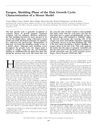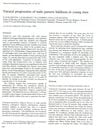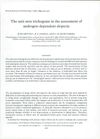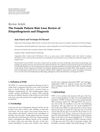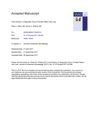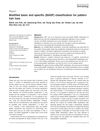Current and Novel Methods for Assessing Efficacy of Hair Growth Promoters in Pattern Hair Loss
February 2003
in “
Journal of The American Academy of Dermatology
”
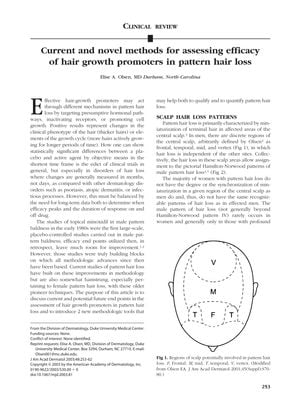
TLDR New methods improve how we test hair growth treatments, but challenges like slow hair changes and high costs remain.
In the 2003 article, Dr. Elise A. Olsen reviewed methods for assessing the efficacy of hair growth promoters in pattern hair loss, highlighting the challenges of demonstrating significant differences in clinical trials due to the slow changes in hair density. The article introduced new methodological tools, emphasized the importance of long-term data, and suggested that scalp hair loss patterns are not useful as endpoints. It discussed the use of phototrichograms, which in a study of 150 men with androgenetic alopecia treated for 30 weeks, showed that small changes in hair width can be significant. The document also noted the challenges of these methods, such as increased study costs and subject retention, and the limitations of using the same endpoints for both men and women. It introduced a new method for assessing hair density and suggested that histopathology and hair weight determination can be useful, despite their challenges. The document also focused on the use of global photographs as a reliable endpoint in clinical trials, emphasizing the need for standardization in photographic techniques and acknowledging the progress made in the methodology of clinical trials for pattern hair loss over the past 20 years.
